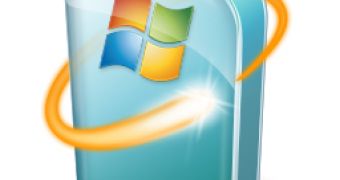According to Microsoft, Windows 7 RTM users that simply ask too much of Windows Update are bound not only to get nothing in return, but be served with error codes instead of the refreshes they might be looking for. Windows Update 800705B4, 80070008, or 8007000e are the specific error codes served to Windows users to let them know that WU servers are unable to manage the number of request issued by computers attempting to connect, identify refreshes and download items.
Users that come across the error codes enumerated above will need to let WU servers breathe for a little while, before attempting to grab the updates they are looking for, Microsoft stated. “If you receive Windows Update error 800705B4, 80070008, or 8007000e while checking for updates, it might be caused by a high number of update requests on the Windows Update servers. Close Windows Update, wait 10 to 15 minutes, and then run Windows Update again. You can also wait for Windows Automatic Update to run at its next scheduled time,” Microsoft mentioned.
In addition, customers have a Windows Update troubleshooter shipping as a default component of Windows 7. However, the Windows 7 WU troubleshooter will not be able to do anything about such error codes as: WindowsUpdate_800705B4 - 0x800705B4; WindowsUpdate_80070008 - 0x80070008; and WindowsUpdate_8007000e - 0x8007000e.
“Windows provides a built-in troubleshooter that can automatically find and fix some common problems with Windows Update. Open the Windows Update troubleshooter by clicking the Start button, and then clicking Control Panel. In the search box, type troubleshooter, and then click Troubleshooting. Under System and Security, click Fix problems with Windows Update,” the company explained, stressing that the information provided is valid for users running any edition of the latest iteration of the Windows client.

 14 DAY TRIAL //
14 DAY TRIAL //